Rising Demand in Aerospace Sector
The Tow Prepreg Market is experiencing a notable surge in demand, particularly from the aerospace sector. This growth is driven by the increasing need for lightweight and high-strength materials that enhance fuel efficiency and performance in aircraft manufacturing. According to recent data, the aerospace industry is projected to grow at a compound annual growth rate of approximately 4.5% over the next five years. As airlines and manufacturers seek to reduce operational costs and environmental impact, the adoption of tow prepregs, known for their superior mechanical properties, is likely to expand. This trend indicates a robust future for the Tow Prepreg Market, as aerospace companies increasingly prioritize advanced composite materials in their production processes.
Expansion in Automotive Applications
The Tow Prepreg Market is witnessing significant growth due to its expanding applications in the automotive sector. With the automotive industry increasingly focusing on lightweight materials to improve fuel efficiency and reduce emissions, tow prepregs are becoming a preferred choice. The market for automotive composites is expected to reach USD 30 billion by 2026, with tow prepregs playing a crucial role in this transformation. Manufacturers are integrating these materials into various components, including body panels and structural parts, to enhance performance and safety. This shift towards advanced materials in automotive design suggests a promising trajectory for the Tow Prepreg Market, as it aligns with the industry's sustainability goals and regulatory requirements.
Increased Investment in Renewable Energy
The Tow Prepreg Market is benefiting from increased investments in renewable energy, particularly in wind energy applications. The demand for lightweight and durable materials in wind turbine blade manufacturing is driving the adoption of tow prepregs. As countries strive to meet renewable energy targets, the wind energy sector is projected to grow significantly, with an estimated increase in installed capacity of over 50% by 2030. This growth presents a substantial opportunity for the Tow Prepreg Market, as manufacturers seek to produce longer and more efficient turbine blades using advanced composite materials. The synergy between renewable energy initiatives and the properties of tow prepregs indicates a favorable outlook for the market.
Growing Focus on Lightweight Construction Materials
The Tow Prepreg Market is experiencing growth driven by a growing focus on lightweight construction materials across various sectors. Industries such as construction, marine, and sports equipment are increasingly adopting tow prepregs for their superior strength-to-weight ratio. The construction sector, in particular, is projected to grow at a rate of 5% annually, with a rising emphasis on sustainable building practices. Tow prepregs offer the advantage of reducing overall material weight while maintaining structural integrity, making them ideal for modern construction applications. This trend towards lightweight materials indicates a robust demand for tow prepregs, positioning the Tow Prepreg Market favorably in the evolving landscape of construction and manufacturing.
Technological Innovations in Manufacturing Processes
The Tow Prepreg Market is poised for growth due to ongoing technological innovations in manufacturing processes. Advancements such as automated fiber placement and improved curing techniques are enhancing the efficiency and quality of tow prepreg production. These innovations not only reduce production costs but also enable the creation of complex geometries that were previously challenging to achieve. As manufacturers adopt these cutting-edge technologies, the Tow Prepreg Market is likely to see an increase in production capacity and a reduction in lead times. This evolution in manufacturing processes suggests a competitive edge for companies that leverage these technologies, potentially leading to a more dynamic market landscape.


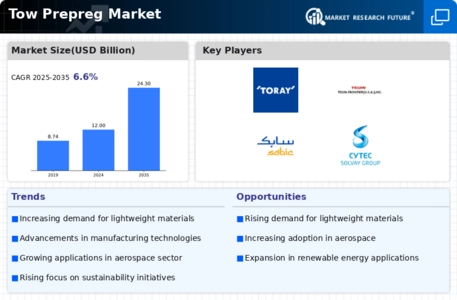
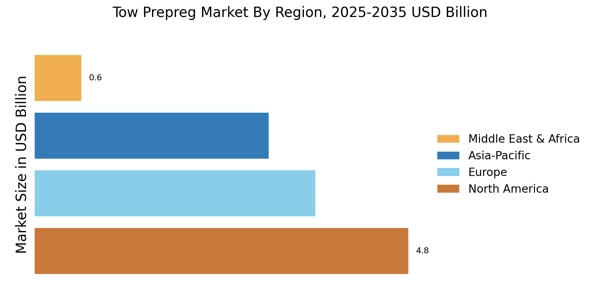
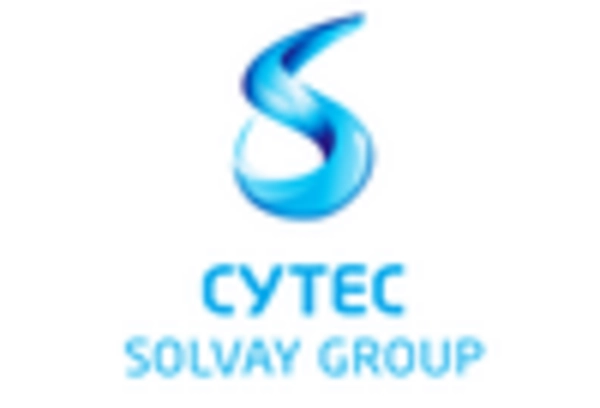
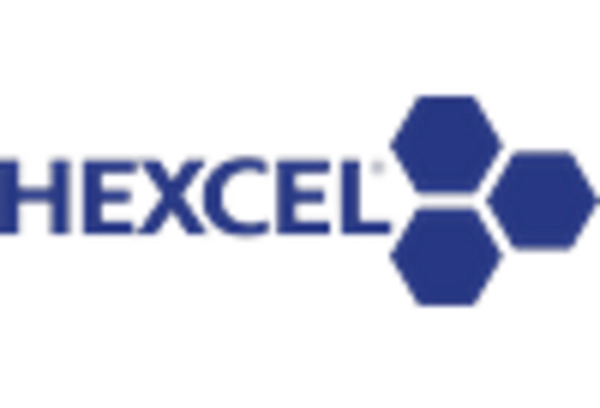
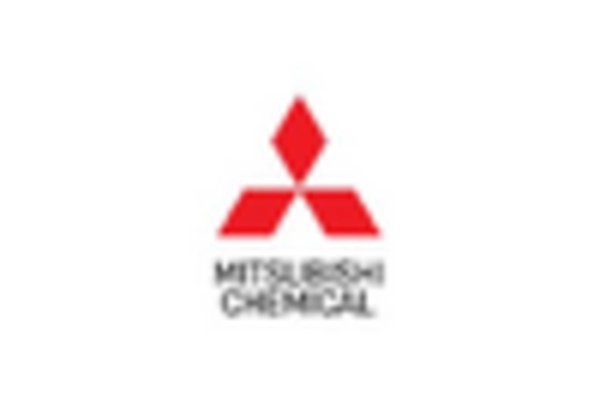

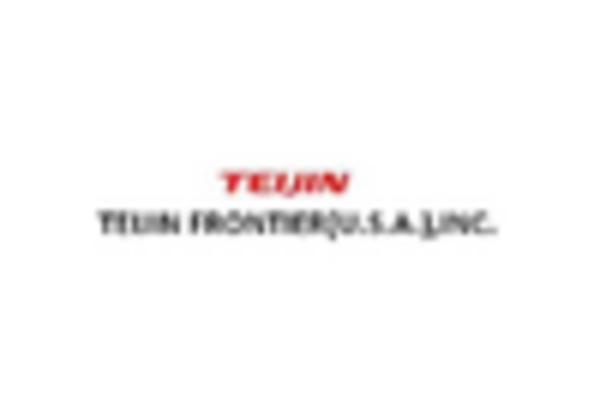
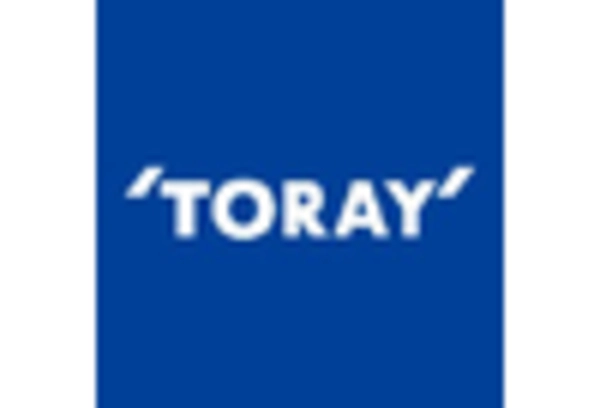








Leave a Comment